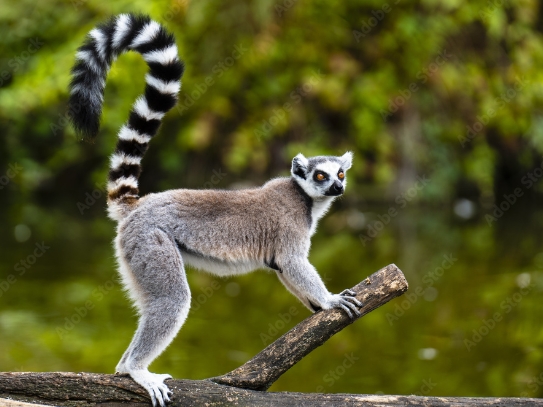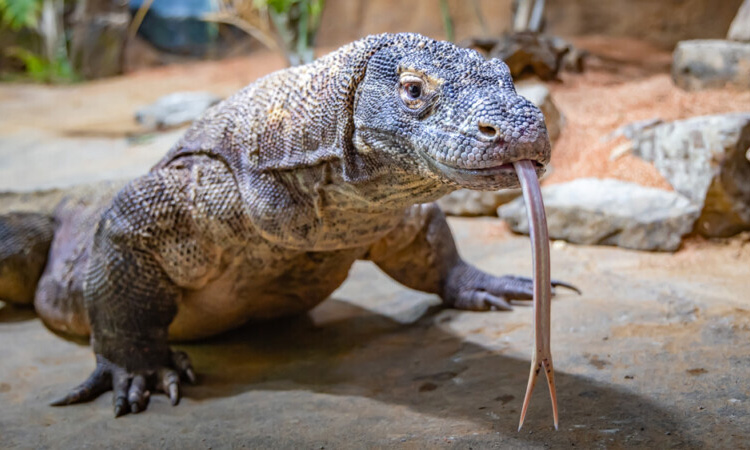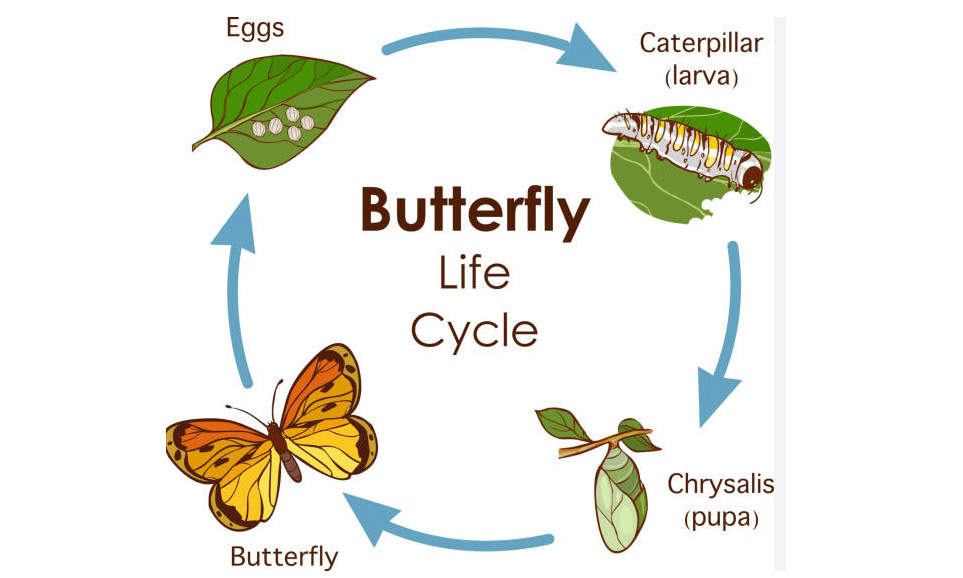Lemurs are arboreal creatures, meaning they spend a significant amount of their time high in the trees. Keeping a high perch is essential for their survival in the wild.
Adapting to Life in the Trees
Lemurs have adapted to life in the trees by developing strong legs and feet for climbing and leaping from branch to branch. Their long tails also help them balance as they move through the canopy.
Social Structure in the Treetops
Lemurs are social creatures and live in groups called troops. These troops work together to find food, protect each other from predators, and care for their young. Keeping a high perch allows them to keep an eye out for danger and communicate with other members of their troop.
Finding Food in the Canopy
One of the challenges of living high in the trees is finding enough food to eat. Lemurs are omnivores, meaning they eat a variety of plants and animals. They use their keen sense of smell and excellent eyesight to locate fruits, leaves, insects, and small mammals in the canopy.
Avoiding Predators
By staying high in the trees, lemurs are able to avoid predators such as snakes, birds of prey, and big cats. Their natural camouflage and agility in the treetops make them difficult targets for would-be predators.
Napping in the Canopy
Lemurs also use their high perches as cozy spots for napping. They curl up in the crook of a tree branch or nestle in a clump of leaves to rest during the day. This helps them conserve energy for active periods of feeding and socializing.
Maintaining Territory
Lemurs mark their territory by scent-marking trees with their urine and vocalizing to warn off intruders. Staying high in the trees allows them to monitor their territory and defend it against rival troops.
In conclusion, keeping a high perch is a crucial aspect of a lemur’s life in the wild. By adapting to life in the treetops, lemurs are able to find food, avoid predators, socialize with their troop, and rest comfortably. Their agile and acrobatic abilities make them well-suited to navigating the complex environment of the forest canopy.




